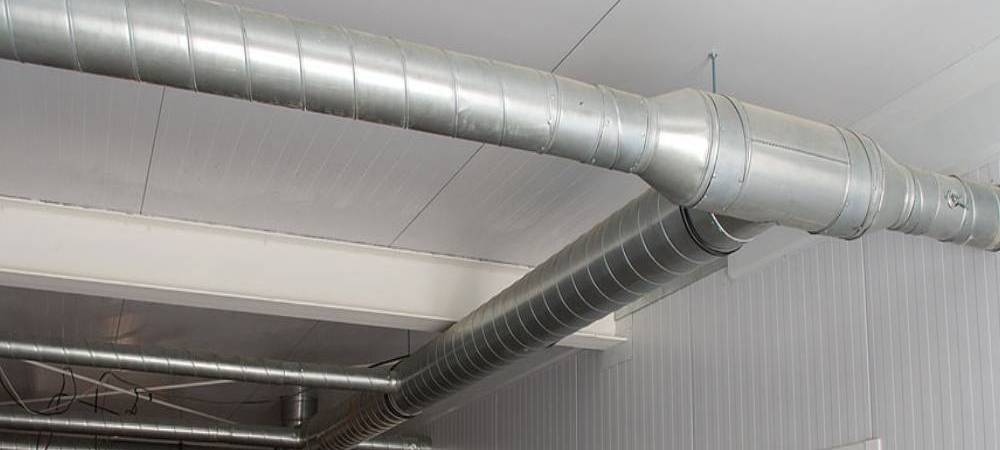If you have an HVAC system in your home or office, you know how important it is to keep it running smoothly and efficiently.
But did you know that the tape you use to seal and join the ducts, pipes, insulation, and other parts of your HVAC system can make a big difference in its performance and durability?
That’s right!
HVAC tapes are not just any ordinary tapes. They are a special kind of tapes that are designed to withstand the high temperatures, low temperatures, humidity, air pressure, and other conditions that occur in HVAC systems. HVAC tape also helps to prevent air leaks, moisture intrusion, and heat loss, which can affect your comfort and energy bills.
But how do you know which HVAC tape to use for your specific application and environment? There are so many types of HVAC tapes out there, each with its own features and benefits. How do you choose the right one for your needs?
Don’t worry, we’re here to help. In this article, we’ll explain what to look for when buying HVAC tapes and give you some examples of the best HVAC tapes for different purposes.
Another thing you should consider when buying HVAC tape is the temperature range of the tape. HVAC tapes must be able to handle the temperature fluctuations and extremes that happen in HVAC systems. The tape should have a high melting point and a low brittleness point to avoid cracking or peeling. The tape should also have a good thermal conductivity to facilitate heat transfer.
Additionally, the tape should have a high tensile strength and a high shear strength to resist tearing or breaking under stress. The tape should also have a good flexibility and conformability to adapt to different shapes and surfaces. The tape should also have a good resistance to moisture, UV rays, chemicals, oils, and solvents that may be present in HVAC environments.
Some examples of HVAC tapes that meet these criteria are:
-
- Aluminum foil tape: This is a versatile tape that can be used for sealing rigid ducts, pipes, insulation, and reflective surfaces. It has a high thermal conductivity, a high reflectivity, and a good resistance to heat, flame, moisture, and weathering . It’s also easy to apply and remove.
- Aluminum fiberglass tape: This is a strong tape that consists of an aluminum foil laminated with a fiberglass cloth. It is used for sealing joints and seams of fiberglass duct board systems. It has a high tensile strength, a high tear resistance, and a good resistance to heat, flame, moisture, and abrasion. It’s also durable and long-lasting.
- Aluminum foil-scrim-kraft tape:This is a tough tape that consists of an aluminum foil laminated with a scrim (a reinforcing mesh) and a kraft paper (a brown paper). It is used for sealing joints and seams of fiberglass duct board systems and metal ducts. It has a high tensile strength, a high tear resistance, and a good resistance to heat, flame, moisture, mold, and mildew. It’s also reliable and versatile.
- Duct tape: This is a popular tape that consists of a cloth backing coated with a rubber-based adhesive. It is used for sealing flexible ducts and connectors. It has a good flexibility, a good conformability, and a good adhesion to various surfaces . However, it may not be suitable for high-temperature or outdoor applications as it may degrade over time. It’s also prone to peeling or curling.
- Foam tape: This is a soft tape that consists of a foam backing coated with an acrylic or rubber-based adhesive. It is used for sealing gaps and cracks around windows, doors, vents, and other openings. It has a good insulation value, a good cushioning effect, and a good resistance to weathering. However, it may not be suitable for high-pressure or high-temperature applications as it may compress or shrink. It’s also sensitive to UV rays and solvents.
- So, there you have it. HVAC tapes are not just any ordinary tapes. They are special tapes that are designed to seal and join the ducts, pipes, insulation, and other components of your HVAC system. They help to prevent air leaks, moisture intrusion, and heat loss, which can affect your comfort and energy bills.
- But not all HVAC tapes are the same. There are different types of HVAC tapes for different applications and environments. You should choose the right one for your needs based on the UL listing, the temperature range, the tensile strength, the shear strength, the flexibility, the conformability, the resistance, and the durability of the tape.
- We hope this article has helped you to understand what to look for when buying HVAC tapes and given you some examples of the best HVAC tapes for different purposes. If you have any questions or comments, please feel free to contact us. We’d love to hear from you.
- Thank you for reading and happy taping!




